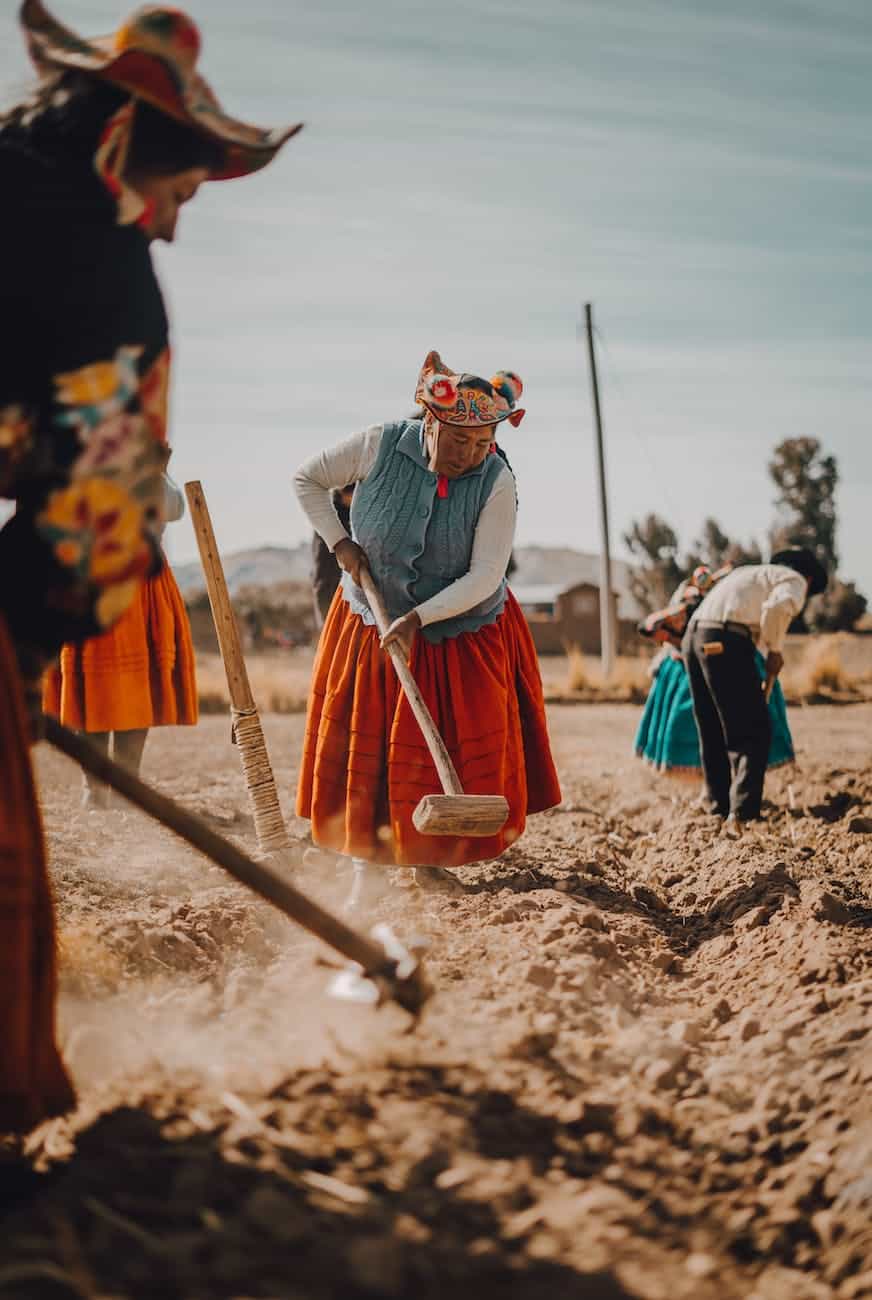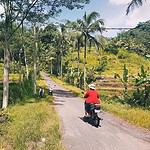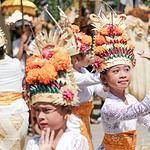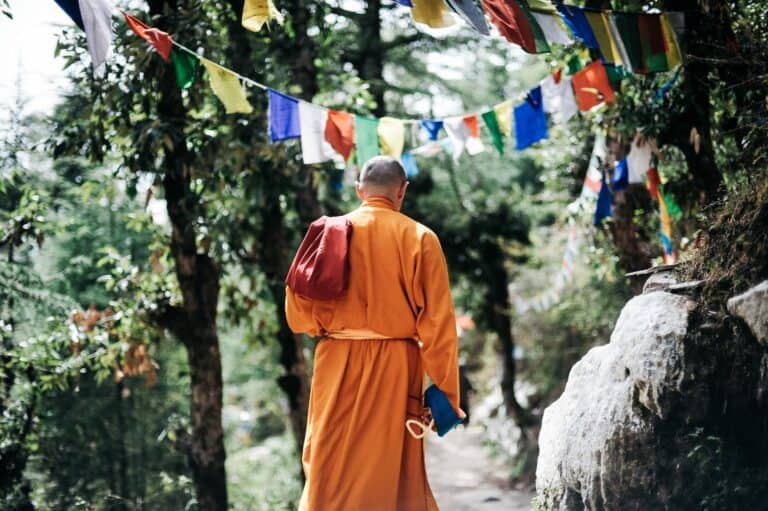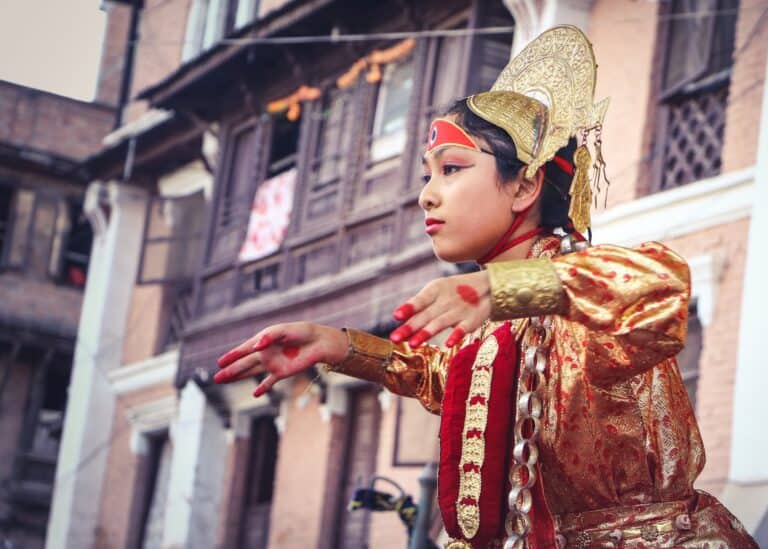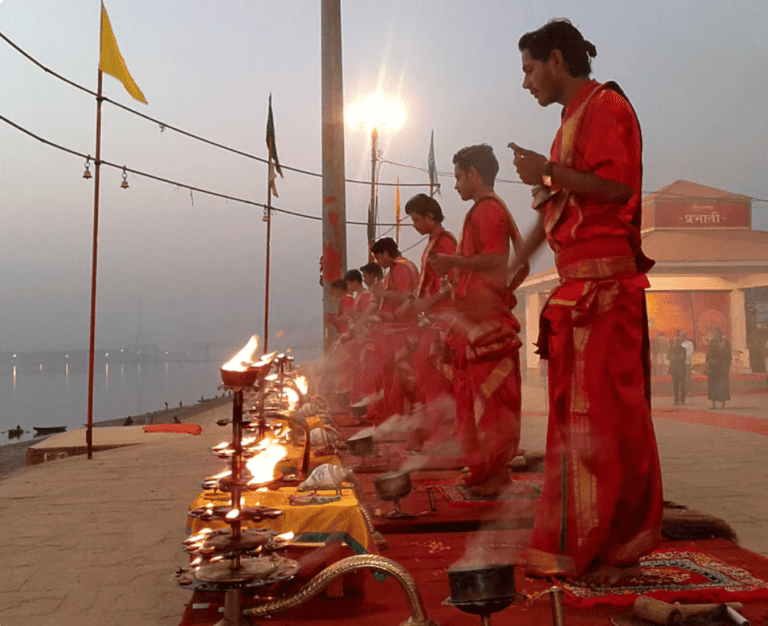What is the Meaning of Ayni? Uncovering Beautiful Andean Reciprocity
What is the meaning of Anyi? The word “Ayni” resonates through the remote communities where we are privileged to work, encapsulating a profound concept: “Today for you, tomorrow for me.”
This ancient practice, rooted in the heart of Andean culture, dates back to the time of the Incas and continues to shape the way of life in these rugged terrains.
Ayni encompasses the intricate web of relationships among the Andean people and their sacred bond with Mother Earth, Pachamama. It manifests in various forms, both private and public, all with the underlying principle of reciprocal exchange.
Ayni in private reciprocity, is when someone calls for help and will repay by doing the same or similar work back. Public forms of reciprocity are, for example taking turns at serving another.
THE MEANING OF ANYI

Private Reciprocity:
Ayni in Action: Ayni embodies private reciprocity, a pact woven into the very fabric of Andean society. It is a call for help, a plea for assistance, met with the promise of future reciprocation.
In these communities, giving is a sacred bond. This unspoken agreement binds individuals in a timeless dance of support. When one lends a hand, they do so knowing that their turn will come, and the cycle of generosity will continue.
Public Reciprocity:
The Power of Faena and Mita Beyond the intimate sphere of Ayni lies the realm of public reciprocity, where the community unites for collective endeavours. “Faena” are general work days orchestrated by the community leaders, rallying the collective strength and skill of the village.
It is a testament to the power of unity and a demonstration of the unwavering commitment to each other’s well-being. “Mita,” meaning “turn,” echoes through the mountains, signifying taking turns to serve one another. It is a poignant reminder that no one is alone in their journey, and support is always there.
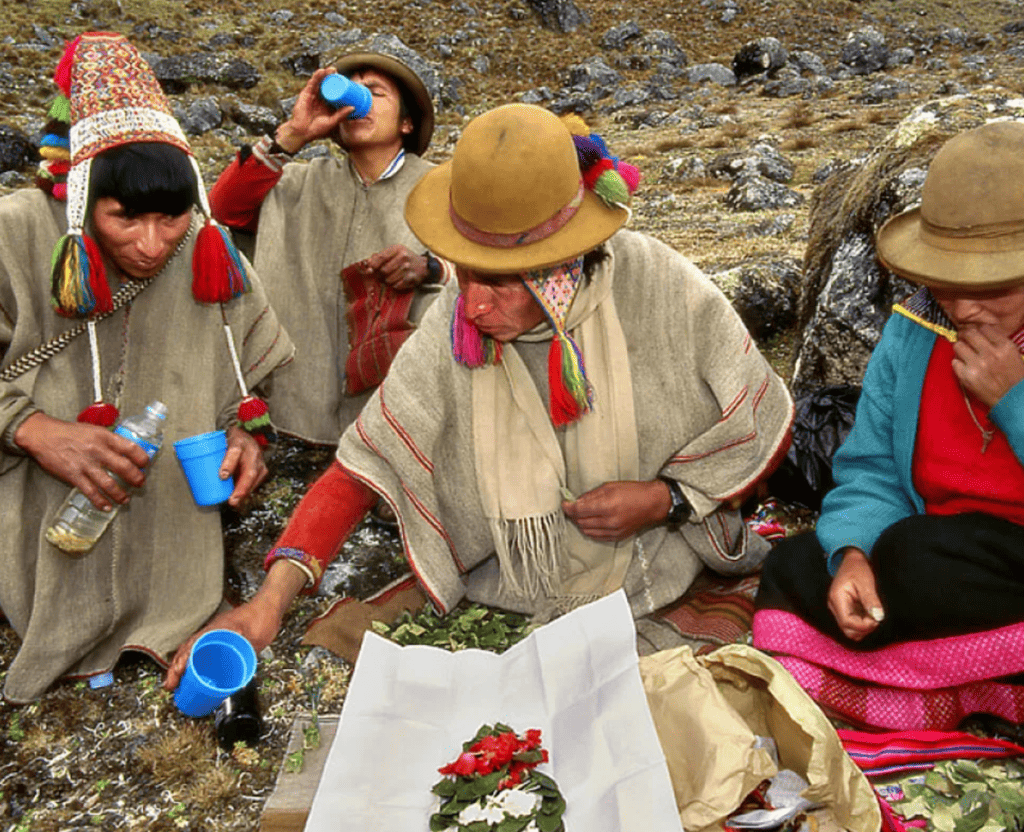
Preserving Ayni:
Our Pledge to Andean Communities At the heart of our projects lies a deep respect for the age-old practice of Andean reciprocity. We understand that the essence of giving is boundless, but it must be approached with sensitivity and consideration.
For this reason, we refrain from embarking on construction or painting projects that could be accomplished through faena. It is our way of ensuring that the delicate balance of Ayni remains intact, undisturbed by enthusiastic outsiders who may inadvertently disrupt the natural flow of reciprocal exchange.
A Historical Voyage into Andean Reciprocity
Peru, a captivating South American jewel, beckons travellers with not just its breathtaking landscapes but also a rich historical tapestry woven with threads of Andean reciprocity.
This profound philosophy, deeply ingrained in the cultural DNA of Peru, has its roots intertwined with the pages of history, shaping the destiny of ancient civilizations and the contemporary way of life.
Ancient Civilizations and Andean Reciprocity:
The cradle of Andean reciprocity echoes with the whispers of ancient civilizations, notably the Incas, who cultivated this sacred principle as a cornerstone of their societal structure.
In the heart of Cusco, the once-thriving capital of the Inca Empire, remnants of architectural marvels like the Temple of the Sun and the intricate stone walls of Sacsayhuaman stand as silent witnesses to a civilization deeply connected with the land.
Spanish Conquest and the Resilience of Tradition
The arrival of the Spanish conquistadors in the 16th century marked a tumultuous period for Peru. Despite the challenges and disruptions brought by colonization, the essence of Andean reciprocity endured.
The integration of Catholicism with indigenous beliefs gave rise to syncretic traditions, and ancient agricultural practices persisted, proving the resilience of a culture deeply rooted in reciprocity.
Colonial Influences and Cultural Synthesis
The colonial era left an indelible mark on Peru’s cultural landscape. Churches, such as the Qoricancha in Cusco, showcase the synthesis of indigenous architecture and Spanish design.
The intricate baroque artistry within these churches reflects the blending of two worlds, each contributing to the evolving tapestry of Peruvian culture.
Modern Peru: A Continuation of Ancient Wisdom
As Peru emerged into the modern era, the echoes of ancient wisdom remained steadfast. Today, the vibrant markets of Cusco and the terraced landscapes of the Sacred Valley continue to bear witness to the enduring legacy of Andean reciprocity.
The weaving of traditional textiles and the cultivation of ancestral crops are living expressions of a cultural heritage that has withstood the test of time.
Conclusion on the Meaning of Anyi:
Ayni, the cornerstone of Andean reciprocity, is a living testament to the power of collective support and mutual respect. It binds communities, nurtures relationships, and sustains the delicate balance between humans and the earth they tread upon.
Thank you for reading The Meaning of Anyi on Sacred Footprints. If you liked this blog, please check out our other posts. At Sacred Footprints we endeavor to explore the most beautiful and spiritually significant places around the globe. Learning from tales of ancient cultures and diving deep into the heart of sacred places and sites.
Read more on Sacred Footprints Here or Check Out Our Latest Posts Below!
RECENT POSTS on Sacred Footprints
- Which Countries Best Represent Our 5 Senses? – Beautiful, & Sensual Destinations
 Have you ever wondered which countries best represent our 5 senses? Our entire human experience is held in our sensory experience, and travel evokes a…
Have you ever wondered which countries best represent our 5 senses? Our entire human experience is held in our sensory experience, and travel evokes a… - The Best Sustainable Eco-Tourism Places to Stay in Mexico 2024 – Beautiful & Unique Stays
 Looking for the Best Eco-Tourism Places to Stay in Mexico? Well, we have got you covered. After all, we are in 2024, and with the…
Looking for the Best Eco-Tourism Places to Stay in Mexico? Well, we have got you covered. After all, we are in 2024, and with the… - Can Solo Travellers Safely Explore India? An Ultimate Guide!
 So, can solo travellers safely explore India? We are here to help you answer that question. India is definitely a mixed bag! My six-week journey…
So, can solo travellers safely explore India? We are here to help you answer that question. India is definitely a mixed bag! My six-week journey… - How To Plan an Epic Budget-Friendly Trip to Southeast Asia
 Are you looking for tips on how to plan a budget-friendly trip to Southeast Asia? We’ve got you covered. Budget travel is all about balance….
Are you looking for tips on how to plan a budget-friendly trip to Southeast Asia? We’ve got you covered. Budget travel is all about balance…. - Sustainable Tourism Options in Mexico – An Implementation of Hope
 Are you wondering if there are sustainable tourism options in Mexico? Well, the answer is yes, absolutely! Mexico is forthcoming in sustainable and eco-tourism, with…
Are you wondering if there are sustainable tourism options in Mexico? Well, the answer is yes, absolutely! Mexico is forthcoming in sustainable and eco-tourism, with… - Exploring the Impact of Tourism on Culture: A Global Perspective
 What is the true impact of tourism on culture? As travellers, we are often enchanted by the allure of exploring new cultures and experiencing the…
What is the true impact of tourism on culture? As travellers, we are often enchanted by the allure of exploring new cultures and experiencing the…

